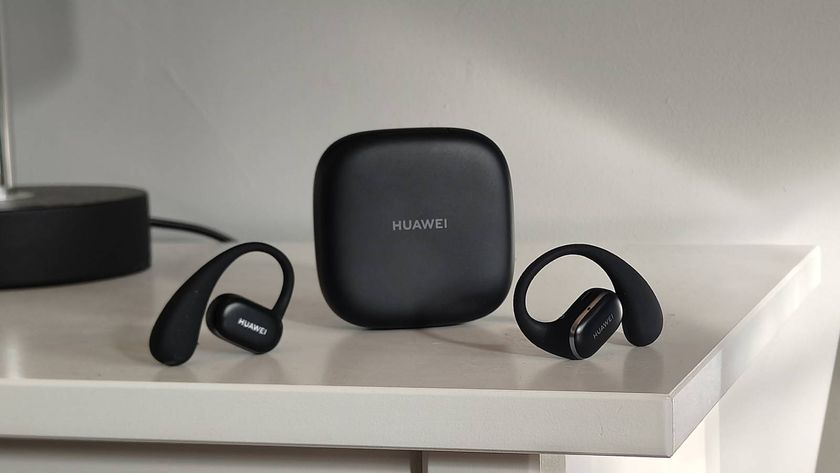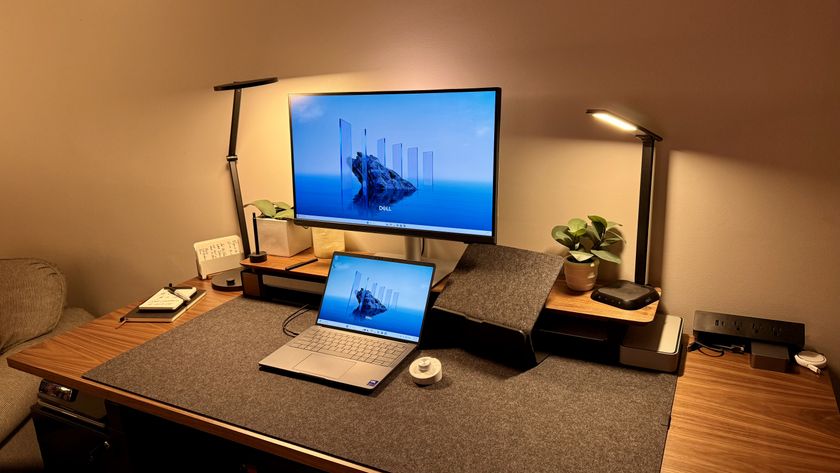TechRadar Verdict
By stripping away a few frills Cambridge Audio has delivered a high-class solution at a very attractive price
Pros
- +
Mature audio characteristics
- +
Elegant design
Cons
- -
No 6.1/7.1 channel suuport
- -
No audio via HDMI
- -
Poor remote control
Why you can trust TechRadar
There's never been a better time to upgrade your home cinema amplification. Between Denon's formidable feature sets and Onkyo's aggressive pricing, the AV receiver market has rarely been more competitive.
So how have those plucky Brits at Cambridge Audio reacted? With a back-to-basics sub-£300 model that purports to put put audio quality first, drawing a red line through the ever-growing list of optional extras that are being fitted as standard by the Japanese brands.
The result is a startlingly simple receiver design that stays resolutely on message. But with just five channels and no high-definition audio decoding, can it hold its ground in the modern age of home cinema? The answer is... kinda.
High-def
First of all, the Azur does embrace HDMI video switching, including 1080p signals, so there's no need to worry about Full HD compatibility.
Secondly, while it doesn't have its own Dolby True HD or DTS-HD decoder, it does have a 5.1 multichannel input that can field HD audio formats (decoded by your Blu-ray or HD DVD player and sent over the analogue links as linear PCM) and amplify them. Basically, the Azur won't let you miss out on any hi-res audio action.
The Cambridge Audio engineers haven't forgotten any of the basic stuff either. The build quality inspires confidence - resassuring at this price point - with a solid aluminium front panel and a reinforced, acoustically dampened chassis. The styling is simple but appealing in its silver finish (a black version is also available) and the mirrored LCD display panel is a nice design flourish.
Around the back, however, the budget cuts become apparent. There are just two HDMI inputs. These are both version 1.2. Also present are two component video inputs and a further three standard AV inputs.
This looks pretty mean compared with some rival receivers that are blistered with inputs. But why pay for expensive socketry that you will never use? That seems to be the Cambridge Audio argument.
Featurewise, this is the Azur lite. There's no sixth or seventh channel, so you can't connect more than five speakers and therefore no DTS 6.1 or 'extended' surround processing either.
Two more expensive models in the Azur range add additional surround back channels if that's what you want. Needless to say, there is no auto-calibration system, DAB tuner or USB interface either. With no dock or adapter, the Azur is the only receiver I've seen recently that dares to shun the iPod, too.
Of course, you can always use a minijack to two-phono lead and connect to a line input anyway - not exactly elegant, though.
Inner beauty
Instead of features, Cambridge Audio says it has spent the money on components that enhance performance, like the Crystal CS42518 multi DAC and CS493263 processor. The five discrete analogue amplifiers and torroidal transformer are what make up most of the production costs, as opposed to video processing and licensing.
One upside to the Azur's simplicity is that it makes for a nice, easy operating system. The onscreen display (OSD) is just a single page of options on a blue background.
Each leads intuitively to whatever page you need. Inconveniently, the OSD cannot travel by HDMI to your display, only by composite or S-video, so you will need to have a second lead running to your flatscreen - at least during setup anyway.
Within the menu you can assign audio and video inputs. This is important because the HDMI ports are the switching rather than receiving sort and they cannot process audio.
That means you will need to make additional SPDIF audio connections from your sources and assign them to match the corresponding HDMI video. According to Cambridge, adding audio reception would have added a layer of complicity that can introduce compatibility issues and impact massively on cost.
The remote control is a particularly horrible off-the-shelf number, but again, it doesn't affect your sound quality, so why waste money on a fancy one?
Personally, I would recommend splashing out on a decent universal remote that can control this and the rest of your cinema to avoid wrestling with the squashy, unresponsive buttons on the supplied handset.
Musically gifted
If you're shortlisting this receiver, audio quality is probably a priority for you and that's where the Azur scores all its points. It is unusually musical for a model in this price bracket, and it manages to bring the integral 1980s-themed score of This is England to life with a wide open soundstage and dynamic delivery.
The cheery reggae rhythm of 54-46 (That's My Number) by Toots & the Maytals' bounces from the speakers with a pace and timing that you would usually associate with more expensive amps. The balance errs toward a brighter, clear-cut presentation and I found myself tuning up the subwoofer a few dB, but you can't fault the airy midrange and crisp treble detail. Cymbals clash and jangle in a particularly convincing way.
Don't forget to select the 5.1 soundtrack in the menu of the This is England DVD by the way, as the default is stereo for some reason. Perhaps because the Dolby 5.1 track is actually rather weak. 28 Weeks Later provides a better test of the Azur's ability to drive five channels at once.
Particularly the harrowing opening scene when 'rage virus' victims attack from all sides inside the house. The hectic soundtrack has effects jarring your ears from every speaker. A lesser amp would have you turning the volume down here, but the Azur manages to avoid any kind of distortion.
John Murphy's inspired musical score comes in with the 28 Theme in Chapter 3 and does a good job of demonstrating how subtle music can drift through all channels effectively and build to a moving crescendo, without swamping dialogue or sound effects on the way.
It's easy to imagine this model functioning as a stereo amplifier in a hi-fi setup. In stereo mode, we measured actual power at 115W into 8O. In surround mode this falls away significantly to around 60W. But, given the unit's price, this isn't too shabby. Orchestral pieces soar from highs to lows, and hushed to really quite loud, without straining too much.
Of course, there are limits to the powerplant: the Azur finds it difficult to drive stubborn older speakers like my Proac Tablet 50 Signatures, for instance. Better to use more sensitive speakers and configure stereo inputs, via the OSD, to include a good subwoofer.
Cambridge Audio clearly has a very specific customer in mind here, perhaps hoping to lure frugal buyers away from Arcam and NAD. It's not a rival to the more feature-centric Japanese amps, but I suspect the attractive price and quiet simplicity of its proposition will have wide appeal.
Tech.co.uk was the former name of TechRadar.com. Its staff were at the forefront of the digital publishing revolution, and spearheaded the move to bring consumer technology journalism to its natural home – online. Many of the current TechRadar staff started life a Tech.co.uk staff writer, covering everything from the emerging smartphone market to the evolving market of personal computers. Think of it as the building blocks of the TechRadar you love today.
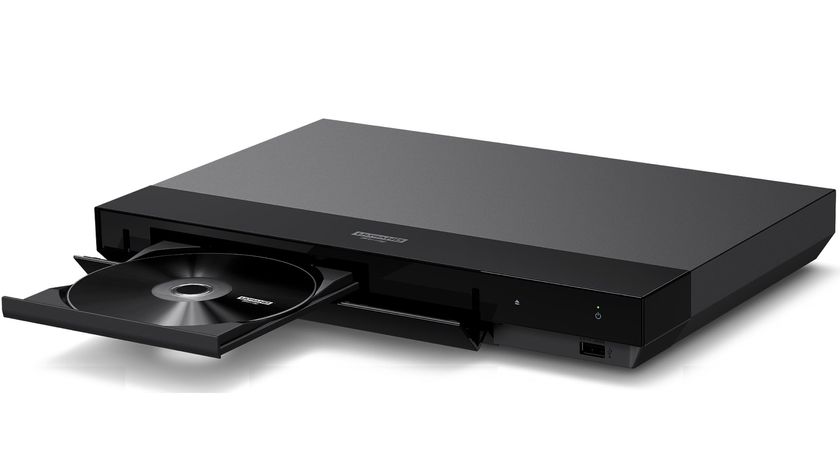

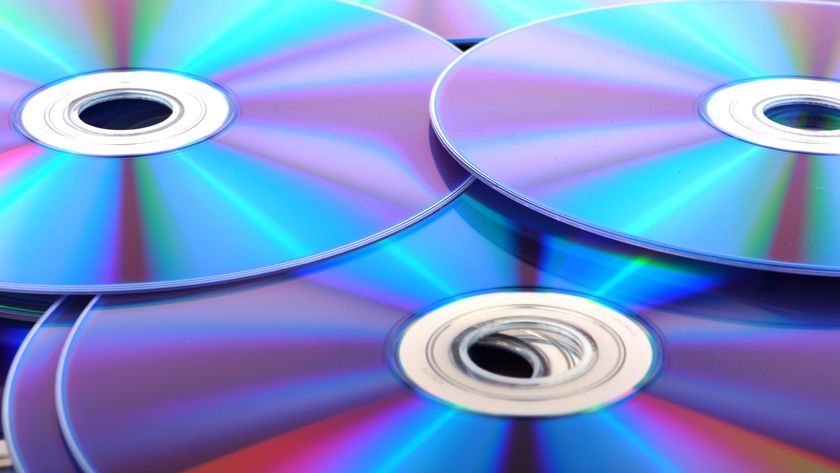
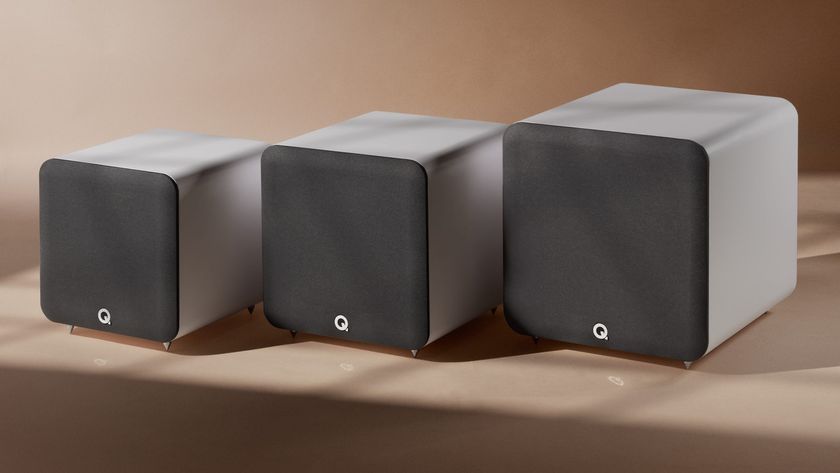





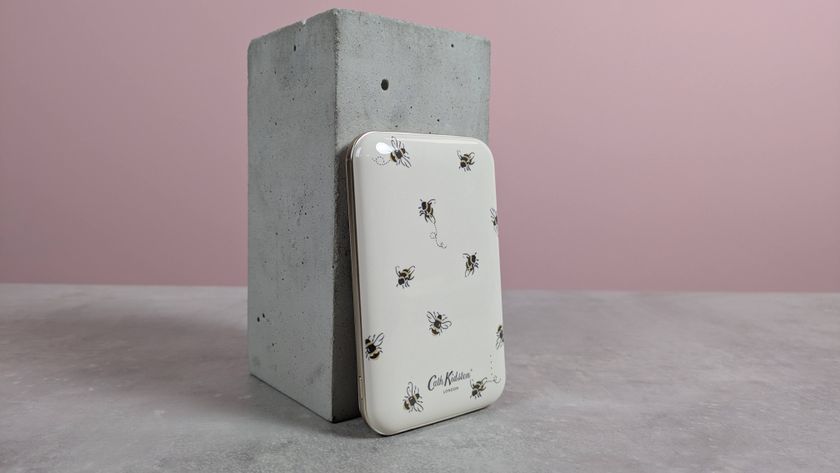



This mini PC with the incredible Strix Halo APU is yet another sign AMD may have given up on big brands for bleeding edge tech
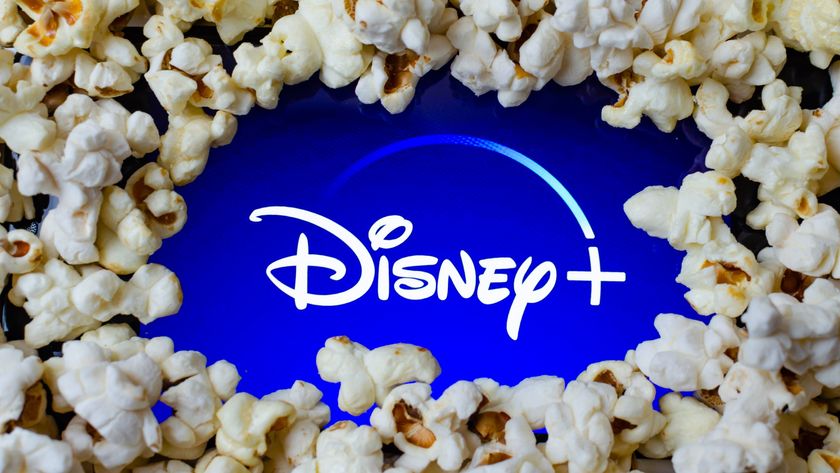
You can finally tell Disney+ to stop bugging you about that terrible Marvel show you regret starting

Microsoft Surface Laptop 7 vs. Dell XPS 13 (2024): Which laptop should you trust to fuel your productivity?

